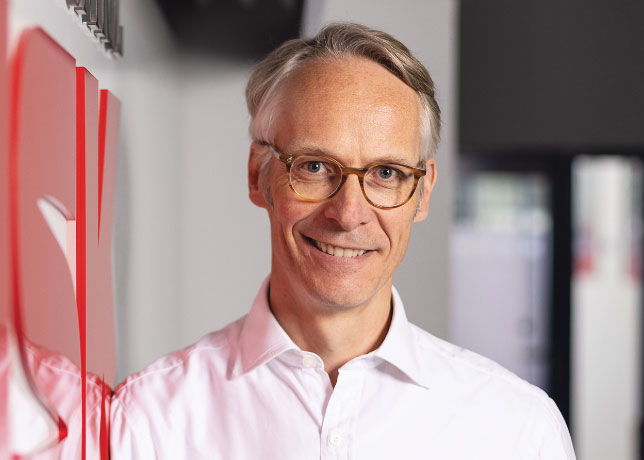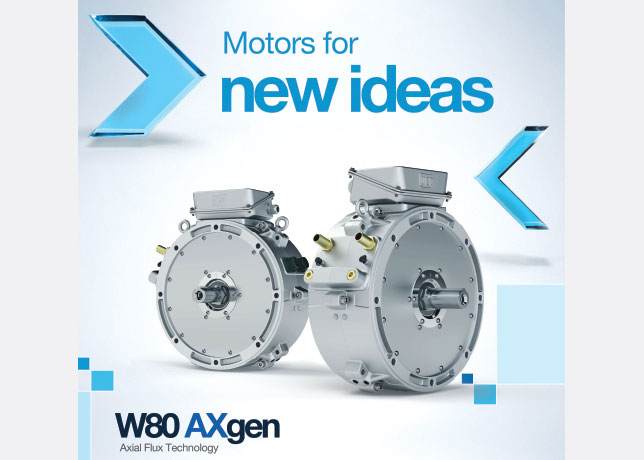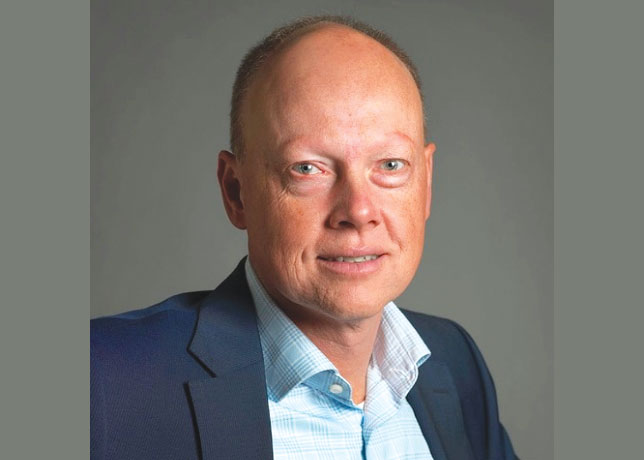
 Jafurah has an estimated 229 trillion standard cu ft of raw gas
Jafurah has an estimated 229 trillion standard cu ft of raw gas
Aramco’s ambitious Jafurah shale gas project is positioning itself as a game-changer in the global energy landscape.
As the largest unconventional gas field in the Middle East (17,000 sq km), Jafurah is set to significantly boost Saudi Arabia's gas production and diversify the company’s portfolio beyond traditional oil.
Estimated resources include 229 trillion standard cu ft (tscf) of raw gas and 75 billion stock tank barrels of condensate. Proven reserves for Jafurah are 15 tscf of raw gas and 2 billion stock tank barrels of condensate.
With an anticipated production of 2 billion standard cu ft per day (bscfd) by 2030 and a projected $100 billion investment over its lifecycle, the project is expected to yield top-tier returns and has the potential to outclass major US shale plays, long considered the benchmark in the industry.
According to a recent Bank of America (BofA) analysis, Jafurah’s development is on track with Phase One set to begin production in Q3 2025.
The second phase, which includes major infrastructure expansions like gas compression and pipeline installations, is slated for completion in 2027. In June, Aramco signed contracts worth more than $25 billion for Phase 2.
By the project’s final phase in 2030, Aramco expects the field to reach full production, supplying not only natural gas but also high-value liquid products such as condensates, natural gas liquids (NGLs), and ethane.
A key point of interest is the anticipated production of over 420 million standard cu ft per day (mmscfd) of ethane and 630,000 barrels per day (bpd) of NGLs and condensates by 2030. These volumes will supply feedstock to Saudi Arabia’s burgeoning petrochemical industry, while also giving the company the flexibility to export surplus products to Asia.
BofA’s deep dive into the project highlighted an estimated net present value (NPV) of $94.3 billion for Jafurah, with an impressive internal rate of return (IRR) of 28.5 per cent. These figures underscore the field’s profitability, driven largely by its rich condensate yields.
Condensates are expected to be the primary value driver for the project, with Jafurah boasting a condensate-to-gas ratio (CGR) of approximately 327 barrels per million standard cu ft (bbls/mmscf). This is well above the CGR of US shale plays, which range from 71 to 167 bbls/mmscf.
The long lifecycle of Jafurah’s gas and condensate reserves 202 and 326 years, respectively also sets it apart from US shale fields, which typically have reserve lifespans of 15 to 20 years. This resource longevity provides Aramco with a stable, long-term production profile that will continue to generate strong returns for decades.
Aramco’s strategic focus on the Jafurah project aligns with Saudi Arabia’s broader goals of increasing gas production and reducing reliance on oil. By 2030, the company aims to increase its total gas production by more than 60 per cent, a target that will be supported by Jafurah’s substantial output.
In addition to supplying gas for domestic power generation and water desalination, Jafurah’s liquids and NGLs are expected to play a crucial role in the kingdom’s industrial growth, particularly in the petrochemical sector. This diversification is particularly timely as global oil prices remain volatile.
To unlock the vast resources of Jafurah, Aramco is utilising cutting-edge extraction techniques such as horizontal drilling and hydraulic fracturing. These methods, essential for tapping into the tight shale formations of the Tuwaiq mountain, have proven successful in enhancing gas flow and commercial viability.
By Abdulaziz Khattak































































